
The is many things. It’s lightweight. It’s good looking. It’s affordable. The one thing it isn’t, is overly complicated. This e-bike is as simple as it gets and that is part of what makes it so attractive as a commuter e-bike.
If you remember our review of the Propella SS 4.0 last summer, you’ll already be familiar with the most important aspects of the Propella 7S.
The SS is simply the single-speed version of this bike, and otherwise is mostly identical.
While I enjoyed the SS as a great urban e-bike for flat cities, the 7S model adds a 7-speed transmission that is sure to be praised by commuters living in hillier areas and that want the ability to downshift for hill climbing or upshift for flat land speed.
You can check out my test riding of the Propella 7S in my succinct video review below. For an even more detailed analysis, though, keep reading afterwards for all of the details.
Propella 7S e-bike video review
Propella 7S tech specs
- Motor: 250 W (400 W peak) Bafang rear geared hub motor
- Top speed: 30 km/h (18.5 mph)
- Range: 32-64 km (20-40 mi) depending on pedal assist level
- Battery: 36V 7Ah (250 Wh)
- Charge time: 2.5 hours
- Weight: 16.8 kg (37 lb)
- Frame: Aluminum alloy
- Brakes: Shimano mechanical disc brakes
- Tires: CST XPEDIUM 700C x 35
- Extras: LCD display with speedometer, battery gauge, PAS level indicator, odometer, tripmeter, 5 speed settings, mounting points for racks/fenders, alloy bar ends, metal pedals, compact charger
- Price:
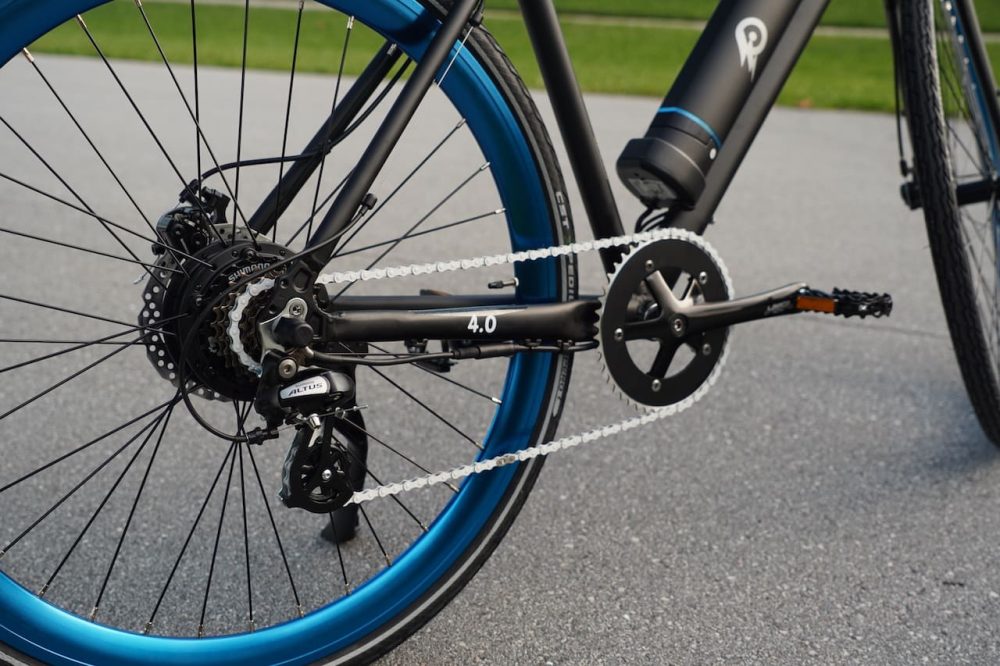
Everything you need (almost), and nothing you don’t
When it comes to the Propella 7S, you have to go into this e-bike knowing what it’s for and what it isn’t for.
This is an urban-oriented e-bike, which means it is meant to be light and efficient. Tipping the scales at 37 lb (16.8 kg), it weighs significantly less than many other urban e-bikes we’ve seen.
It isn’t a powerhouse since it has a relatively small 250 watt motor, but it still puts out a peak of 400 watts to give you the extra power you need on acceleration or hill climbing.
But this isn’t some motorcycle in an e-bike’s clothing. This is the epitome of an electric bicycle designed for pedaling. It’s a Class 1 e-bike, meaning it lacks a throttle and operates only on pedal assist. You get five levels of pedal assist to choose from ranging from Level 1, where you’re doing most of the work, all the way up to Level 5, where you basically just have to lightly spin the pedals and let the motor do the work for you.
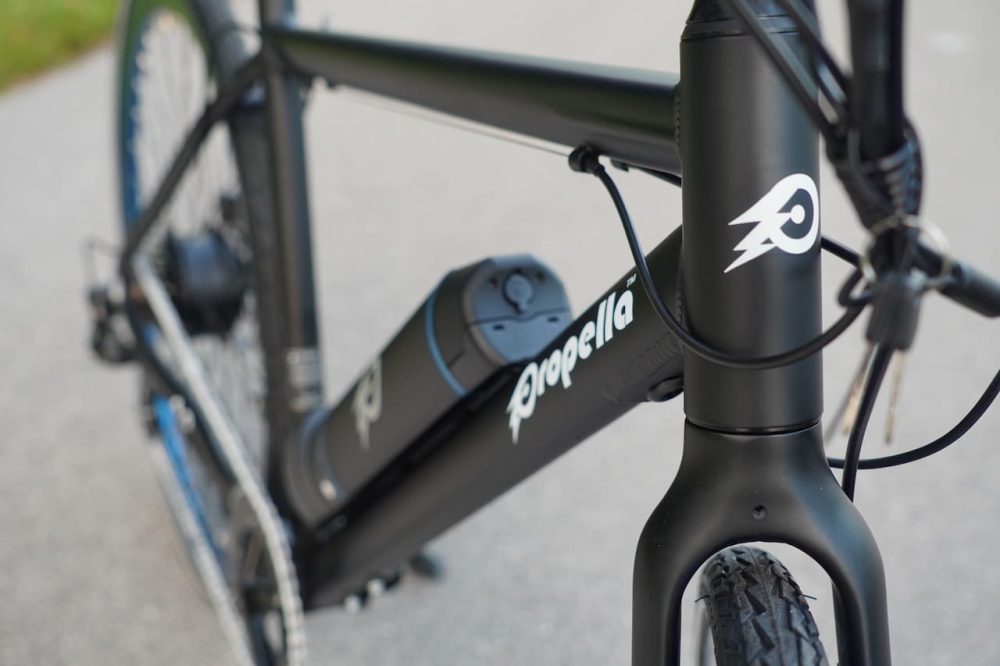
At full speed it will get you up to 18.5 mph, which might sound like an odd figure but is likely there because it translates to 30 km/h. I would have loved to see them give us that extra 1.5 mph allowable under Class 1 e-bike laws, as 20 mph would have felt perfect. But even so, you don’t really notice such a small difference, and the slightly lower top speed likely helps squeeze out another mile or two in range.
The small and lightweight battery may not sound like it has much capacity, measuring just 250 Wh, but those Samsung cells seem to be sipping energy through a coffee stirrer instead of a milkshake straw.
If you keep it in Level 1 or 2 pedal assist, you can practically go all day. But if you tend to use high power mode most of the time, expect to drop your range from 40-ish miles to closer to 20-ish miles.
Level 5 pedal assist will garner even less, but I rarely ride around in Level 5 because it just doesn’t require much pedal input. Instead, Level 3 seems like my sweet spot to feel like I’m part of the process but not overly exerting myself to the point where I’m working up a sweat.

So between the 400 W peak-rated motor and 250 Wh battery, you seem to get a pretty decent electrical side to the bike.
But what about the mechanical side? The minimalist aluminum frame is adorned with narrow urban street tires and sexy blue anodized rims. The blue bar ends match the rims and make a nice accent to a slick-looking e-bike. When you add in the 7-speed gear set and grabby Shimano disc brakes, you’ve got some very nice and effective parts on a budget-oriented e-bike (normally priced at but currently on sale at the time of this review ).
The two big things I feel like the bike are missing are fenders and LED lights. To be fair, Propella has a set of fenders and rechargable LED lights that they’ll sell you. You can also pick up a rear rack while you’re at it.
But I always love seeing these parts included on commuter-oriented e-bikes because they are such essential components. I’ve made the same complaint against other popular lightweight urban e-bikes too, so Propella is far from the only one I’ll call out on that note.
The other thing I’ll ding Propella on is charging a $50 shipping fee. I’m not saying that it isn’t fair. To be honest, they almost certainly pay more than $50 to ship the bike to you. But free shipping (i.e. shipping included in the price) has become nearly standard across the e-bike industry in the US, and so I would have loved to see that here to make the bike’s price easier to compare against other companies.
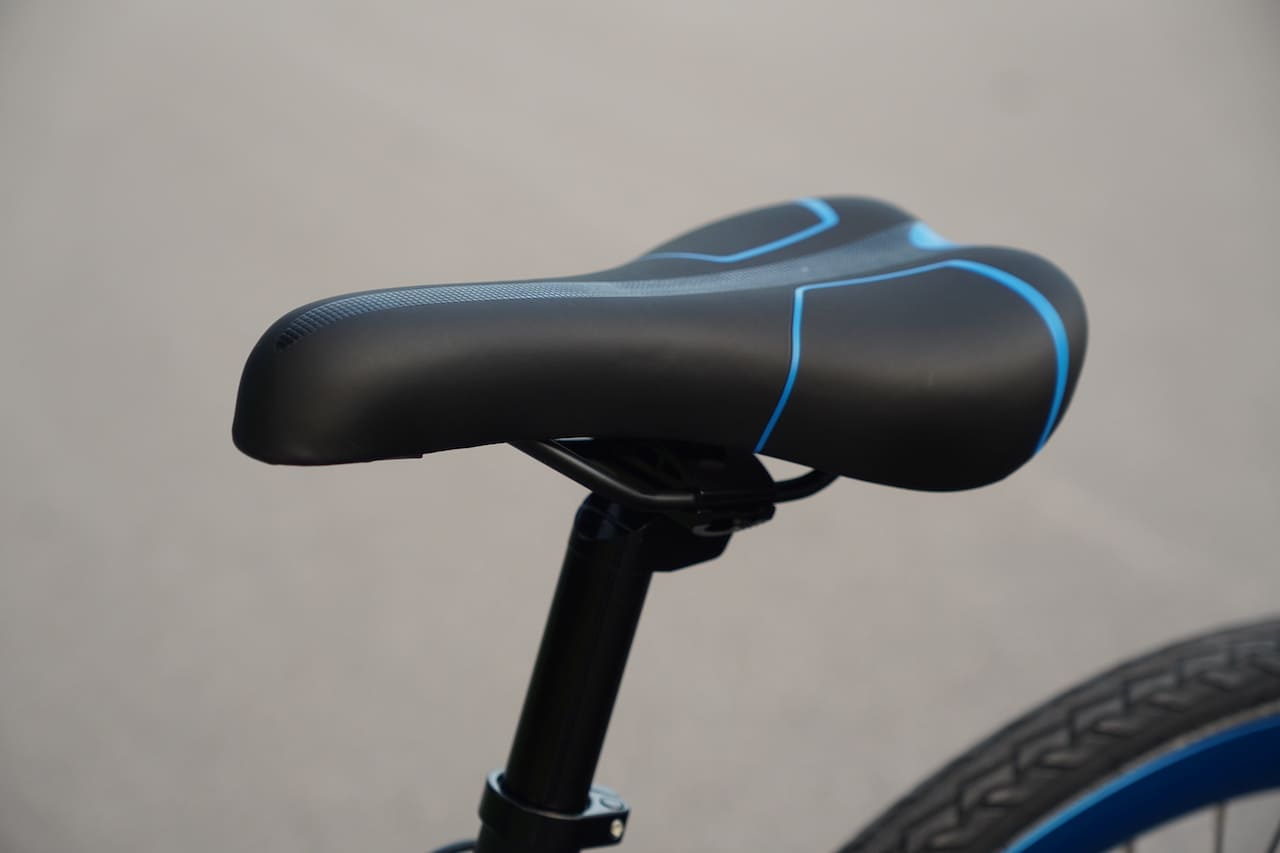
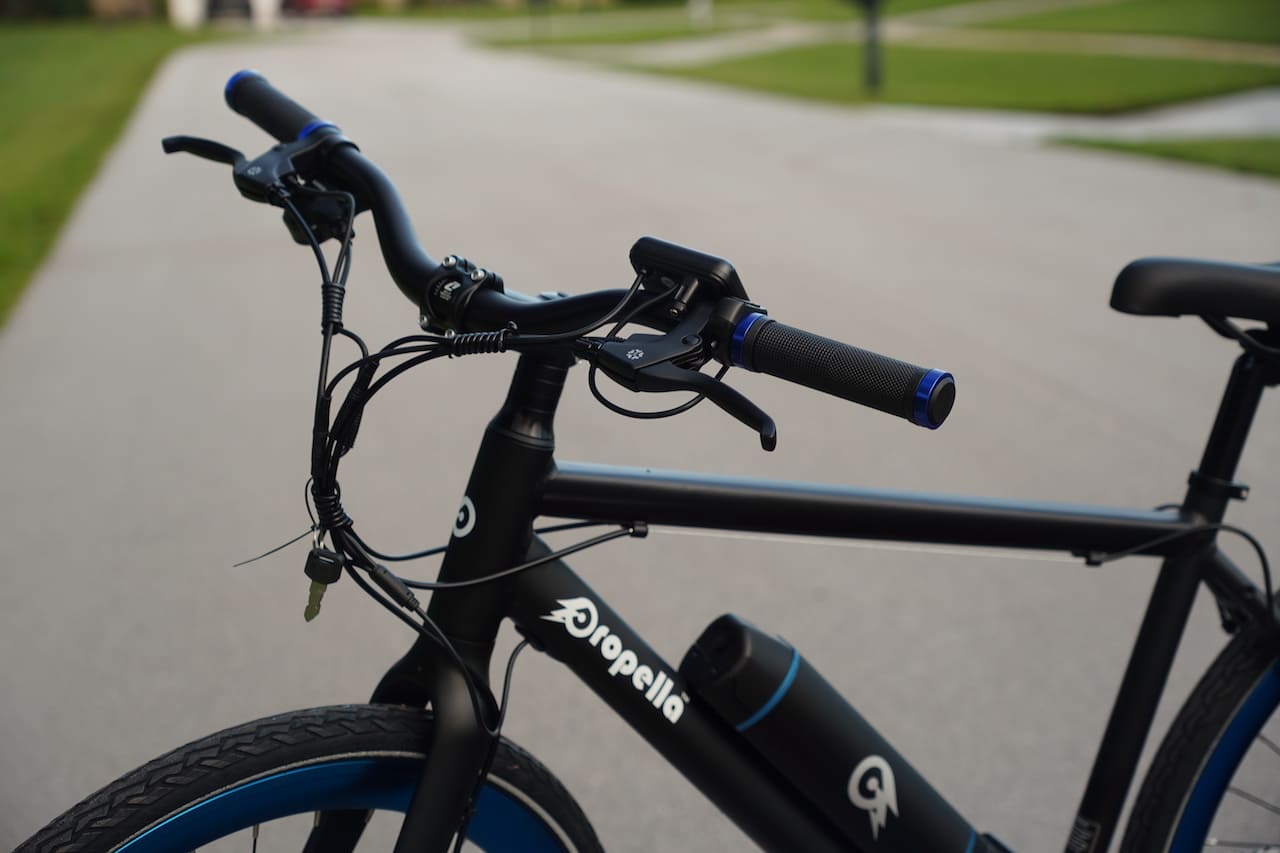
But all things considered, Propella has still done a great job at creating an effective and attractive urban commuter e-bike. Not only is it one of the few electric bikes in this nearly $1,000 price class that actually looks quite good, but it also comes with brand-name parts despite the entry-level price. Shimano brakes and shifter, CST tires, Samsung battery cells, Bafang motor. All the big names are there instead of the cheaper imitation parts.
So props to Propella for making a slick-looking, easy-riding and simple to use electric bike that comes in at an affordable price.
For those that need the comfort of a multi-gear bike but still want something minimalist and classy looking, it’s hard to go wrong here.
The only riders I’d warn to steer clear are those that have their hearts set on either suspension or high power. For everyone else, this bike is definitely one to keep on your list.
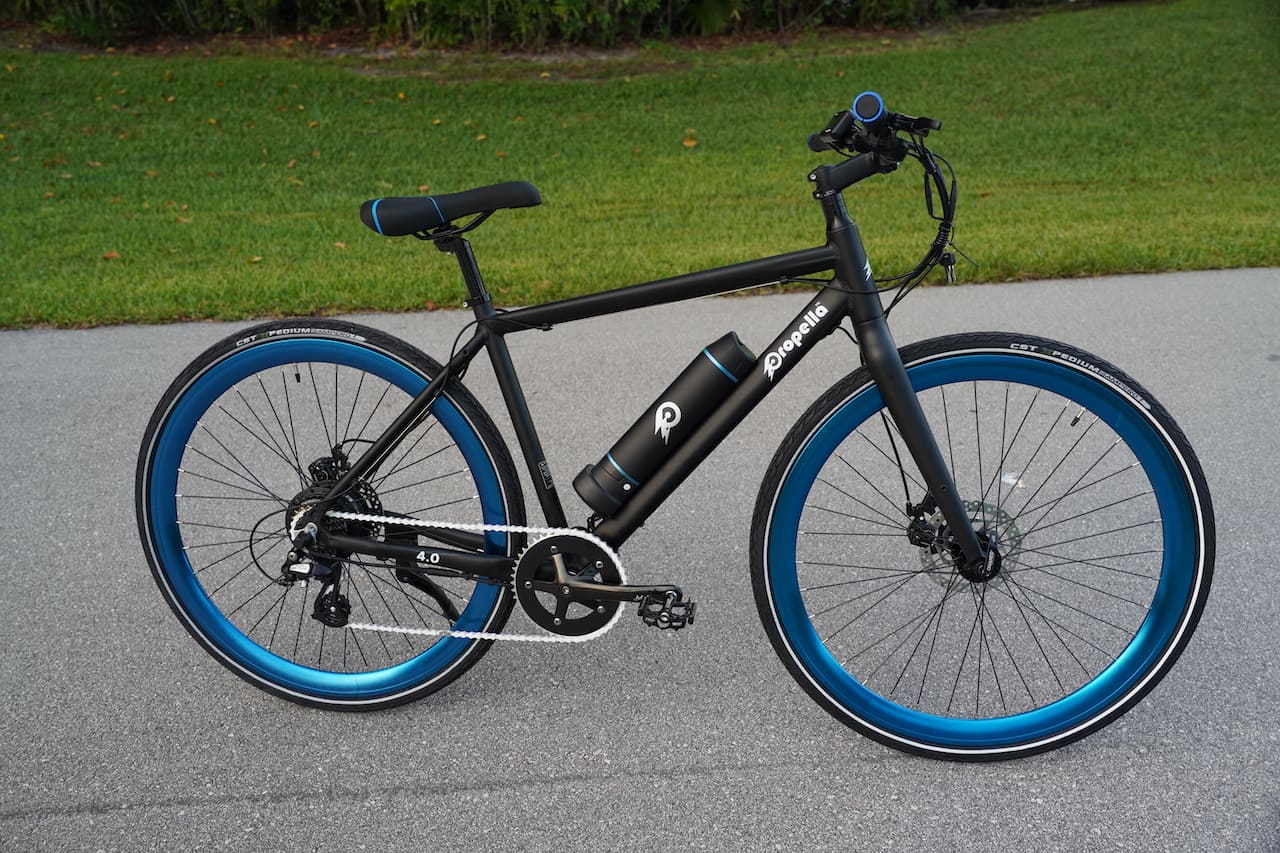
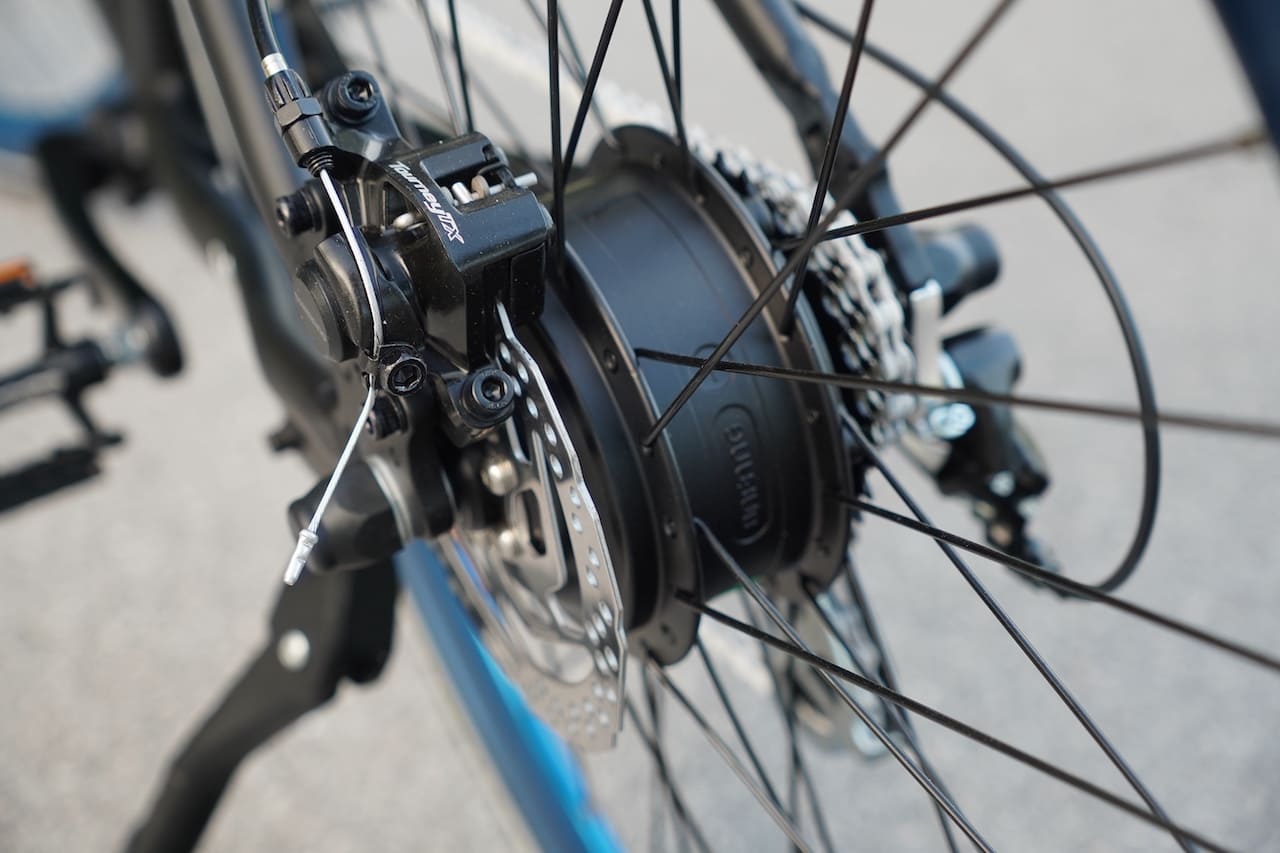
Subscribe to Electrek on YouTube for exclusive videos and subscribe to the podcast.
Author: Micah Toll
Source: Electrek



